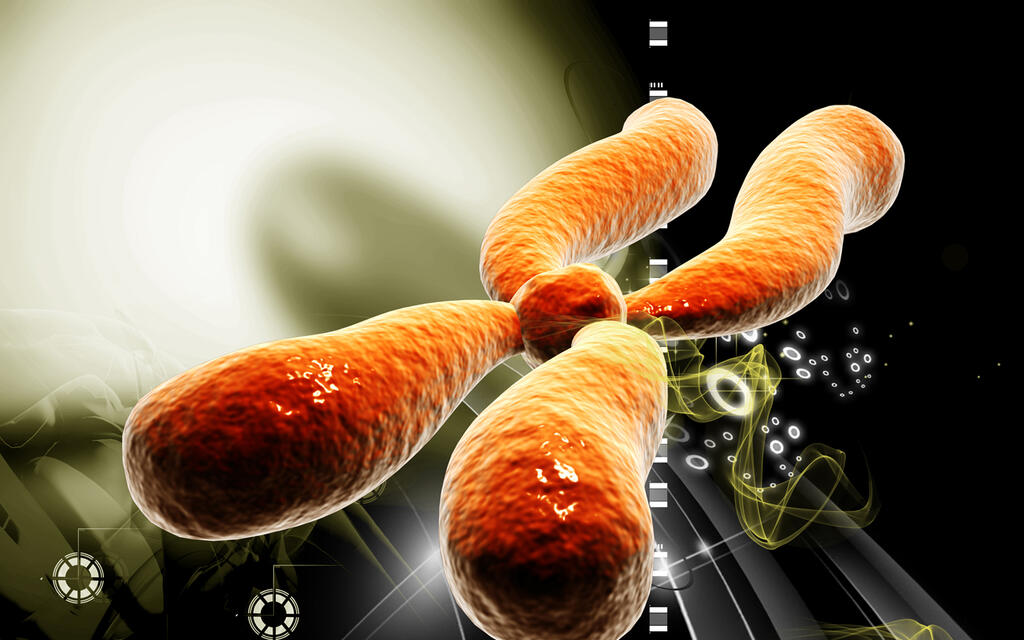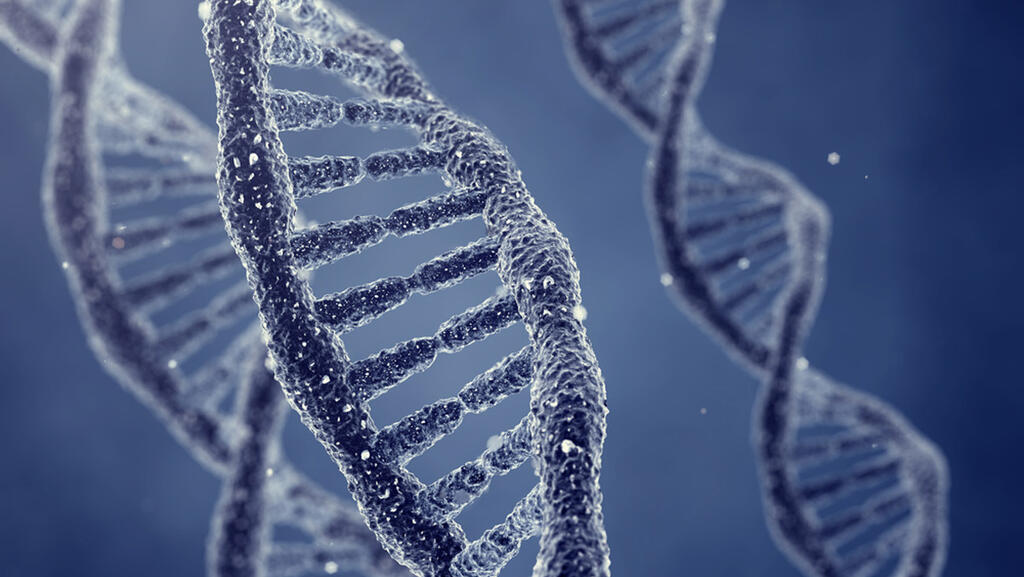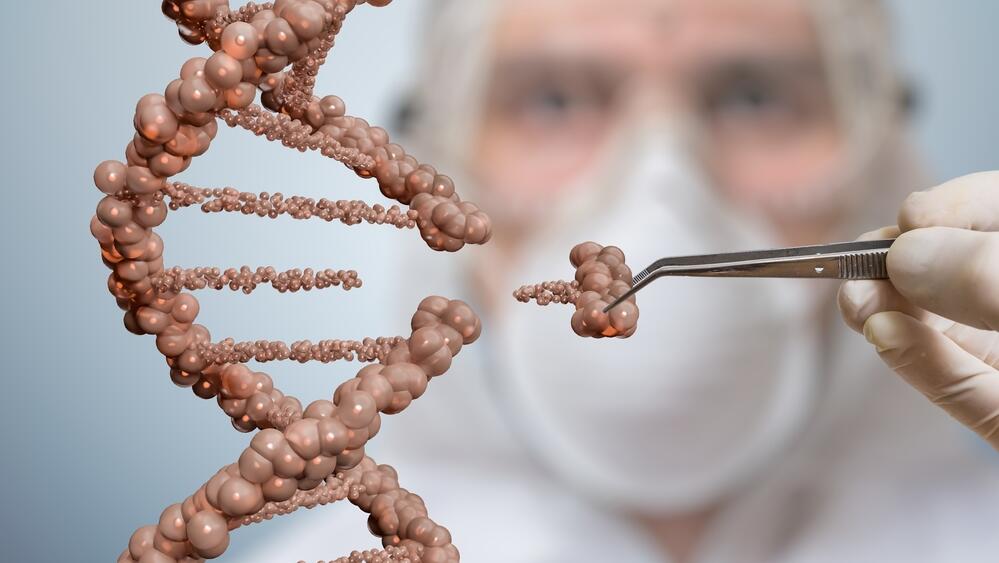Almost every cell in our body holds a complete copy of our entire DNA - a long and complex molecule that stores within it the hereditary information necessary to produce proteins, which are essential for the proper functioning of each and every cell in the body. The only exceptions are red blood cells, which have a different composition, as well as some of the mature skin cells that lose their DNA over time.
The DNA is composed of a long chain of short building blocks called bases, or nucleotides, to be precise. We, humans, have roughly 3 billion pairs of nucleotides in our DNA - a gigantic amount of data. Almost all of it is stored within the cell’s nucleus - a small organelle with a diameter of about six micrometers (a millionth of a meter).
And yet, if we were to completely stretch the DNA in the nucleus of a single cell, we would find that it is almost two meters long. This impressive compression can be compared to the storage of a 40 kilometers long string within a single tennis ball.
The factors that allow for this impressive compression are proteins called histones. The DNA is wrapped around them, and in this state it is fully compressed inside the nucleus. Each section of such compressed genetic material is called a chromosome.
The DNA within every one of us comes from both of our biological parents. During fertilization, the 23 chromosomes within the father’s sperm cell join the 23 chromosomes within the mother’s egg cell and together they make up the entire genetic material of the offspring.
While 22 of the chromosomes are similar in shape in both the mother and the father and form equal pairs in the offspring, the last pair are the sex chromosomes, which have a different make up in males and in females: females usually have two X chromosomes, while males have a single X chromosome inherited from their mother, and a shorter Y chromosome inherited from their father.
Thus, apart from the reproductive cells (termed gametes), each cell carries 46 chromosomes, consisting of 22 pairs of autosomal chromosomes and a single pair of sex chromosomes.
The shape of the chromosomes is dynamic and changes according to necessity. The chromosome has regions that contain genes - sequences of instructions for the production of specific proteins - some are required by the cell at certain times, while others are only rarely necessary. For example, some genes are active during embryonic development, but are no longer needed after birth.
Regions containing genes that are required by the cell will be relatively looser and less condensed than other regions of the chromosome. The location of the looser and tighter regions on the chromosomes are dictated by the type of cell and the conditions that each cell is required to face.
For example, regions in certain chromosomes that will remain condensed in a nerve cell may be open in a pancreatic cell, since they contain genes that are necessary for the unique functions of the pancreatic cell - such as the production of the Insulin hormone. This ability to choose which genes should be expressed in each cell is essential for the body’s proper function.
The chromosomes reach their maximal condensed state when a cell divides into two identical cells in a process called mitosis. Before dividing, the cell duplicates all of its chromosomes, such that each of the two newly formed cells will contain a complete copy of the entire genetic material.
During division the chromosomes are roughly ten thousand times shorter than their usual length. In this state it is also particularly simple to observe them under a microscope.
Content distributed by the Davidson Institute of Science Education




